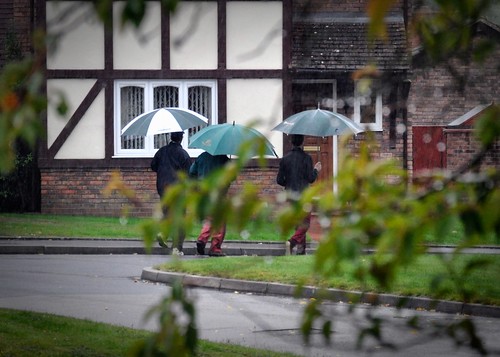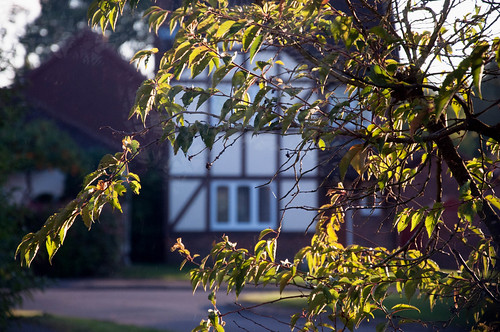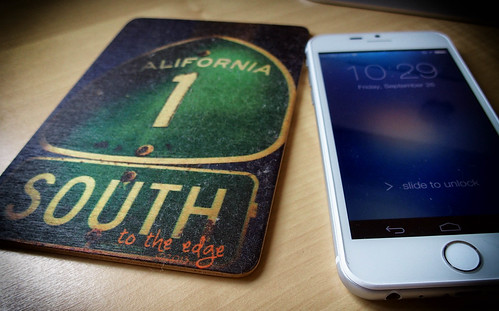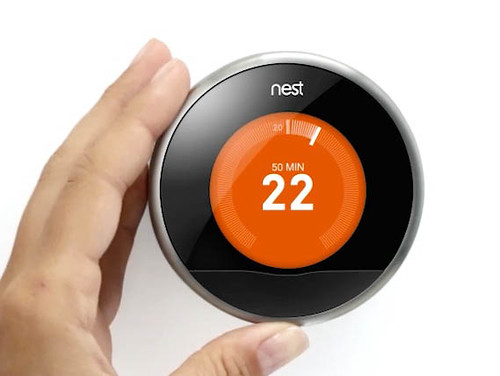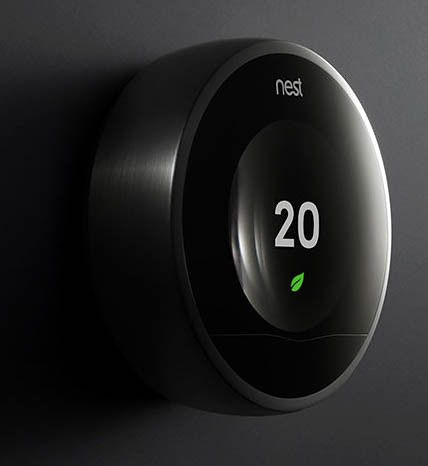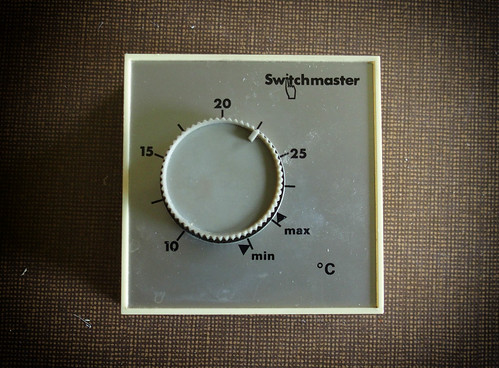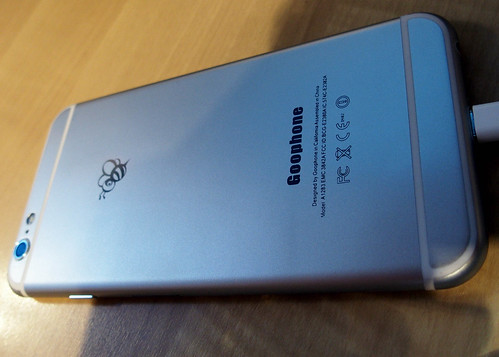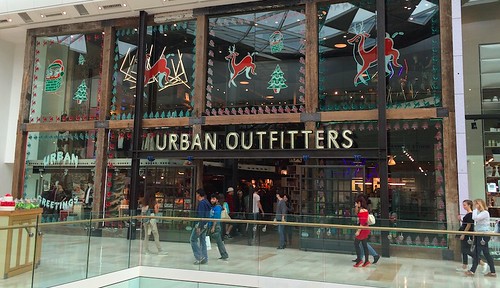
It's a few years since I attended a conference in Westminster about energy management, smart metering and the like. The sessions included a selection of technology suppliers as well as a few politicians but relatively few 'end users' of what was then still an emerging technology.
The discussions included the catchily-named IEEE 802.15.4, which is a kind of wi-fi for homes, operating at very low power levels.
Nowadays there is a kind of Betamax/VHS war going on with various suppliers each wanting to use their preferred technologies in order to become king of the home castle.
Z-wave, ZigBee, Bluetooth 4, ye olde X10 are a few examples. Google, Apple, Samsung and a slew of currently less well-known companies are pitching to get control of the home hub.
Imagine Siri, Cortana and 'OK Google' on the wall...
"Open the pod bay doors, Hal"

It is still a bit fiddly to connect everything together and not everyone has a home 24-way gigabit ethernet switch to hook up the multitude of mini-hubs.
If I count my own example of the little extra pack-of-playing-card sized hubs requiring connection into the network, there's the one for the recently installed thermostat (Google Nest), one for the smart meter analytics (Efergy Engage), one for the lighting (Phillips Hue) one for the HDMI switching and upscaling to the telly (Denon) and one for a domestic remote control (Logitech Harmony).
Oh yes, the bathroom scales use Wi-Fi and my bikes still use ANT+ via Bluetooth 4. Come to think of it the loudspeakers using Airplay are quite passé in this mix.
Surprisingly, it all works and the various units generally commune with one another endearingly well. For me, it's all something of an experiment, so if one piece or another temporarily breaks there's always another more manual way to make whatever it is work.
An obvious question is whether we need all this stuff, but in the way of the march of smartphones, the automated home is increasingly a marketing target.
